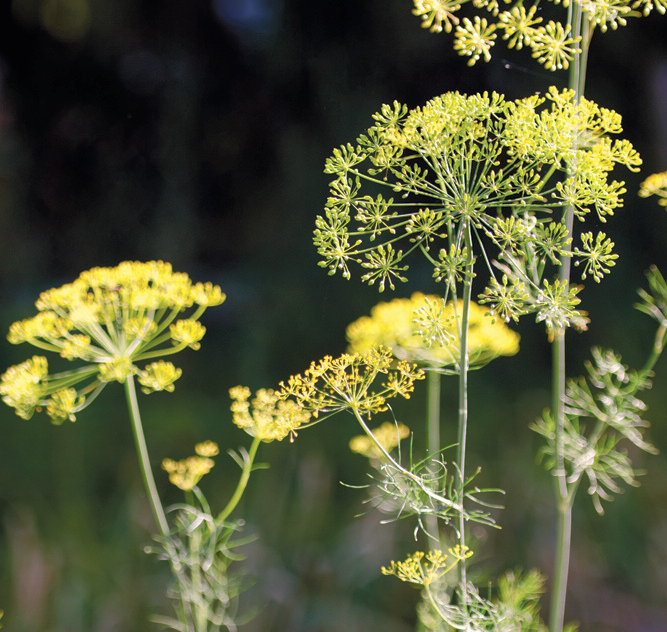The Travails of a Local Seed Grower
Seeds are big business in Southern Idaho, bringing home millions of dollars in revenue. However, nearly every seed belongs by contract to a national or multinational seed company. Shipped to a warehouse, separated into packets, and sold across the country under that company's label, they lose their connection to the place they were grown. Thus, local gardeners lose the opportunity to know if they're buying locally-grown and therefore locally-adapted seeds, seeds that will do well in our unique soils and climate. Moreover, much of the seed grown here is bred for conventional agriculture – for industrialized production systems, long distance travel, and a steady supply of synthetic fertilizers, all of which don't serve the needs of home gardeners and small farmers.
But growing local seed for locals isn't as easy as it may sound. As our farm, Earthly Delights Farm, stepped in to fill that niche, we also stepped in to the mind-boggling puzzle that is diversified seed production: It's all about managing plant sex.
An unbridled orgy of procreation is just what you're after, if you're a vegetable or fruit producer, because more pollination means higher yields of produce. But if you're a seed producer, this promiscuous symbiosis between immobile flower and highly mobile bee is the stuff that keeps you up at night. Like the anxious dad on the front porch with the shotgun, drilling the hopeful suitors of his teenage daughter, seed producers take the business of who gets to do it with whom very seriously. What's more, this policing happens along strict varietal lines. What we're after is seed purity, meaning one variety of, say, squash, doesn't cross with another. Gardeners, after all, want to know when they buy a packet of Black Beauty zucchini seeds at the nursery that they're really getting Black Beauty zucchini.
Some crops, like tomatoes and lettuces, are very easy to save pure seed from because they're self-pollinators and therefore are at less risk of cross-pollination by frisky insects or wind.
The outcrossers, plants like broccoli and squashes are where things get tricky. In large seed growing areas, like much of southwestern Idaho, elaborate but voluntary "pinning" systems ensure varietal purity by bringing together all the stakeholders in an area to come to an agreement about which crops will be grown where. Onions, for example, need two miles of isolation to ensure bees won't fly between varieties and cross them with each other. Prior to each growing season, seed buyers or their representatives go in to the extension office in Parma and put in a request to pin a plot of land for onion seed production. On a first-come basis, a pin is placed there on a county map, and a seed contract is awarded to the farmer on that plot. The requisite isolation distance is marked around it. No one else will grow another onion seed crop in a two mile radius of that plot. The next company pins another plot, and so forth, until all the available land is marked. This is done with each seed crop in an area.
On our little farm in the middle of Boise, there certainly exists no pinning process, so we have to get creative. We have to choose the varieties we'll grow carefully, noting who could potentially cross with whom, and then separate them. For peppers, we cover our plants with floating row cover cages, to keep the insects from unwittingly crossing the different varieties. We put a large tent around varieties of cucumbers and keep small hives of honeybees inside to pollinate them. We choose only one variety of watermelon, and we ask our neighbors to grow the same kind. With squashes, we literally do the work of bees, swabbing carefully taped shut female flowers with pollen-laden males
All this extra effort, creativity, and neighborly cooperation to grow local seed for our foodshed is exciting, and it's essential. Because let's face it – if we don't have local seed, we don't have a local food system. The rules and regulations that drive American food production today are designed for large-scale, export agriculture, and seeds are no exception. But the growing movement to put control over our seeds back into the hands of local farmers and gardeners has at its heart the promise of a secure, resilient regional food supply. And we'll stay up all night for that.





